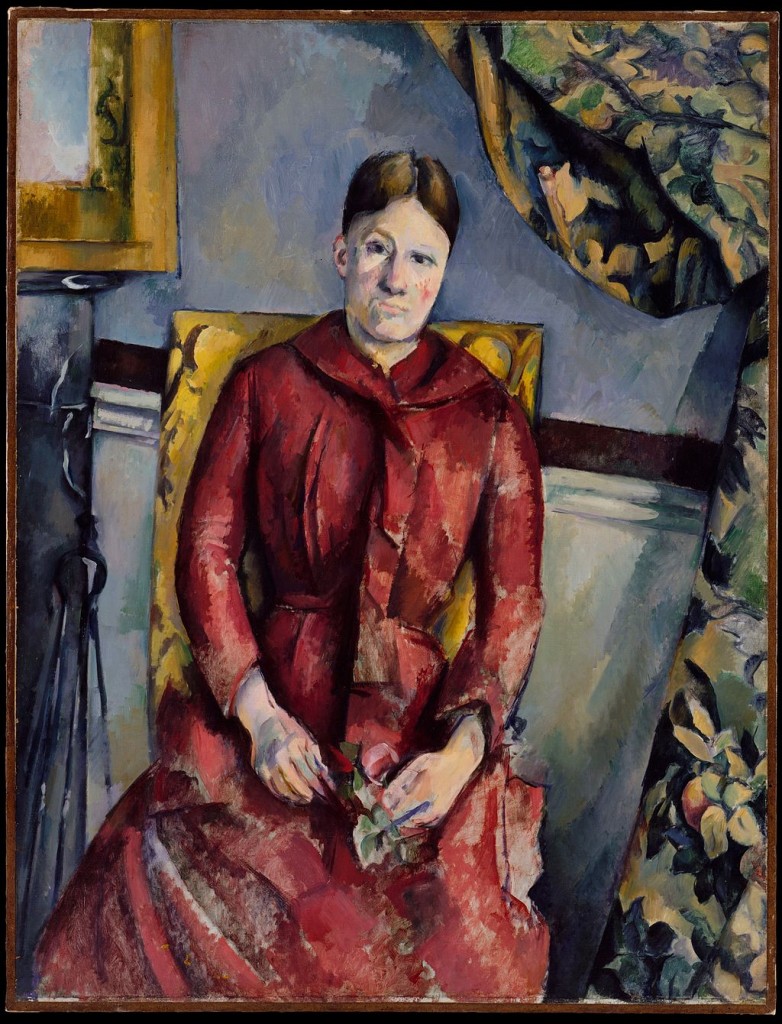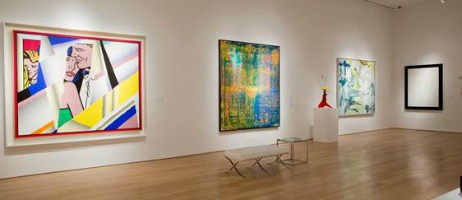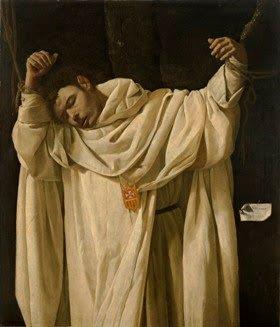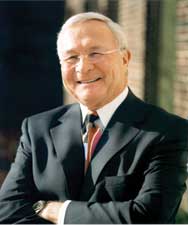Not me, of course. I haven’t seen the exhibit Madame Cezanne, which opens next Wednesday at the Metropolitan Museum*–though you can bet I will get there soon. Seeing twenty-four of the  artist’s twenty-nine known portraits of his wife Hortense sounds inviting to me.
artist’s twenty-nine known portraits of his wife Hortense sounds inviting to me.
…the exhibition explores the profound impact she had on Cézanne’s portrait practice.
The works on view were painted over a period of more than twenty years, but despite this long liaison, Hortense Fiquet’s prevailing presence is often disregarded and frequently diminished in the narrative of Cézanne’s life and work. Her expression in the painted portraits has been variously described as remote, inscrutable, dismissive, and even surly. And yet the portraits are at once alluring and confounding, recording a complex working dialogue that this unprecedented exhibition and accompanying publication explore on many levels.
…the portraits attest to the constancy of a relationship that was critical to the artist’s practice and development.
Yet Susan Sidlauskas, a professor of art history at Rutgers University and the author of Cézanne’s Other: The Portraits of Hortense, still takes issue with the Met show. She says that Hortense Fiquet has for too long been a divisive figure to art historians, that she has been unjustly vilified her for her non-muse-like qualities, and that her role in art history is more important than she receives credit for.
Sidlauskas wants publicity for her 2009 book, of course, but while I don’t see that much difference between her and the Met, I guess she adds some details about Hortense. In a Q&A conducted by Rutgers, for example, she says, of Hortense:
- She was possibly a bookbinder by trade and thus occupied a considerably lower social rank than Cézanne, whose father owned a successful bank….Believing the relationship would jeopardize the financial support he depended on from his father, Cézanne kept her secret and lived in a separate residence. The couple married 17 years after they met, likely to legitimize Cézanne’s son for inheritance purposes. The irony is that Cézanne’s father knew about their relationship the whole time.
- Traditionally, art historians have emphasized Hortense’s irrelevance to the artist, and her own self-absorption. To this day they like to tell the story – never proven – that she missed seeing Cézanne on his deathbed because she had to keep an appointment with her dressmaker.
- …Cezanne’s portraits of Fiquet were not conventionally attractive. They did not conform to the prevailing concept of a “muse†to the male artist of genius. If they were not conventionally pretty, they should at least be erotically appealing. To our eye, Fiquet was neither. She has been much maligned for her regrettable lack of conventional beauty, her sour disposition and her failure to smile – a refusal to ingratiate that many writers have considered her most damning offense.
- Fiquet was a crucial presence to Cézanne. He needed a subject to whom he was attached but who was not of his flesh…She historically was assumed to possess a personality so nondescript that Cézanne could project whatever he wished onto her. I am convinced that the reverse is true: that in this prolonged series of portraits, it was precisely her physical presence, her quietude and containment, that allowed the painter to fully experience a visceral and perceptual engagement in the presence of the other.
- Everyone thinks that it was Picasso who revolutionized portraiture, but these nontraditional depictions of a woman show that it was Cézanne, nearly 20 years earlier.
Photo Credit: Courtesy of Wikimedia Commons via Rutgers





